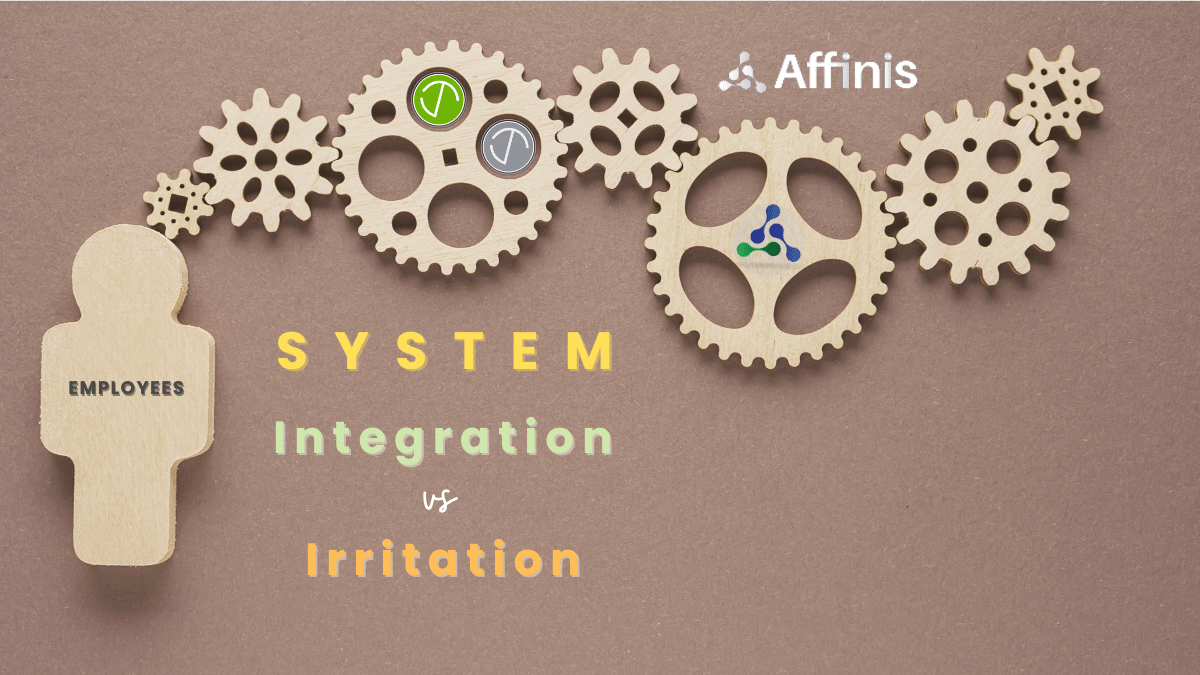Regulators maintain a strong and constant vigil against company insiders that may be inclined to use their privileged access to buy or sell securities with the unfair advantages they enjoy. Insider Trading creates an uneven playing field and harms the public’s trust in the financial markets (read more about this here). That’s why regulators take insider trading so seriously and impose heavy penalties on those who engage in it.
To maintain the integrity and prevent insider trading, companies have been required to implement strong pre-clearance procedures for employee trades. These procedures require employees to seek approval from designated compliance officers before buying or selling securities. Often, these requirements apply even if the trades are unrelated to the company, especially more so in the cases of SEBI-registered intermediaries. The compliance officers assess the trades for access to insider information as well as against other potential conflicts of interest. Employees are only allowed to proceed if the officers grant clearance.
An Example
Let us take the example of an employee who is part of the team providing input in the process of finalizing the quarterly financials at a publicly traded company. The employee wants to buy 500 shares in the company. The company procedures require him to obtain preclearance approval prior to any and every trade. When he raises the request to the compliance officer on the 25th of March of the year, he is denied the preclearance request. The approval is denied because the employee is part of the team that places him in a position to access material nonpublic information, also known as Unpublished Price Sensitive Information (also known as UPSI).
UPSI, in this case, refers to the quarterly financials that are as yet unpublished and, which, when made public, will have an impact on the listed prices of the company. Knowing that highly positive financial statements are about to be published enables an insider to buy the stock at a far cheaper rate than he would have to pay once these financial results are known, giving him an unfair advantage.
This is the reason the compliance officer denies permission, Since, if the employee were to go ahead and trade on that information without obtaining preclearance, they would be engaging in insider trading, which is illegal. However, by denying the preclearance request, the company’s compliance department has taken (and can demonstrate that it took) appropriate measures to prevent insider trading and avoid potential liability for the employee’s actions.
In a nutshell, pre-clearance refers to the process of obtaining approval from a designated compliance officer before an employee can buy or sell securities in the company’s stock. The compliance officer reviews the employee’s request and determines if the trade complies with the company’s insider trading policy. If the trade is approved, the employee can proceed with the transaction. If the trade is not approved, the employee must refrain from trading until further notice.
So let’s look at what organizations need to do.
Personal Account Dealing – A Structure to Beat The Pain
Effective pre-clearance processes are crucial to prevent legal and reputational risks associated with insider trading. To optimize the pre-clearance process, companies need to implement the following minimum steps.
Employee Trading Preclearance Policies
Incorporating pre-clearance rules into a company’s code of ethics, conduct, or trading policy is essential for maintaining compliance. Companies are required to develop pre-clearance rules that fit their unique business requirements, such as a restricted list of companies, a blackout period on trading, or restrictions on certain types of securities. These rules can be implemented into the company’s policies and used during pre-clearance to approve or deny personal trades. Drafting and implementing codes of conduct, identifying employees and deciding, declaring, and intimating trading window closures, all play a crucial role.
Trading Pre-approval Procedures
To effectively manage the risk of insider trading, compliance teams need to establish each employee’s current holdings. This involves requiring employees to regularly report and attest to their earnings and holdings and ensuring these compliances are met (or escalating exceptions) to provide a real-time view of their portfolio, enabling accurate and compliant decision-making. These activities, starting from the initial statement of holdings to independently verifying the balances also help to maintain an audit trail that demonstrates the company’s commitment to regulatory compliance. Enhanced procedures applied to designated persons (read about designated persons here) further reduce risk. Combined with trading window closures for listed entities (read about it here), these procedures form a formidable (albeit admittedly demanding) shield against insider trading risks.
Insider Trading’s Risky Neighbors
Adjacent to inappropriate conduct like insider trading are activities like front-running and tailgating. These practices occur when an employee intentionally delays making a client’s big trade until after executing their own personal transaction in the same product. By implementing such provisions and reviews as part of insider trading compliances, compliance teams can deter unethical behaviour and provide regulatory comfort in relation to having maintained a fair and transparent trading environment.
Employee Personal Account – Trading and Tracking
The start of this approach is by creating a list of employees with inside access to price-sensitive information, documenting this access and applying the higher levels of due diligence to them (read about designated persons here). These can be eventually cross-referenced against employee trades made to identify potential violations and maintain a fair and transparent environment. Beneficiary position tracking (or BENPOS tracking) is another critical aspect to provide independent comfort for the employer. In other cases, an “approved broker program” may give the employer independent access to all trading activity of the employee.
Employee Trading & Tracking is a critical activity. Pre-clearance is the cornerstone of this activity for compliance and protection against insider trading. By implementing pre-clearance procedures, companies can significantly mitigate the risks associated with insider trading. The cases of insider trading in India (read our blog here) and other parts of the world (read our blog on this here) demonstrate the every heightening need for vigilance for adherence to regulatory requirements. Ultimately, pre-clearance plays a vital role in safeguarding the interest and compliances of the regulated entities.
To ensure that companies protect their future interests against heavy penalties and reputational damages, it is critical that they have the right systems in place to collect and collate statements of holdings, obtain confirmations, maintain evidentiary trails, track trade requests, avoid manual errors and misses, maintain internal controls and information access, protect personal details of employees, maintain information walls appropriately and finally automate and update balances for independent checks and verifications. Needless to state, in businesses with hundreds of designated persons potentially working with tens of clients at any one time and affecting hundreds of ISINs and thousands of trades, this is a challenge. These insider trading compliance procedures require well-architected intelligent solutions that also incorporate automation into every variations of teams, scrips, businesses, situations, and review requirements.
– Nishant A Shah



